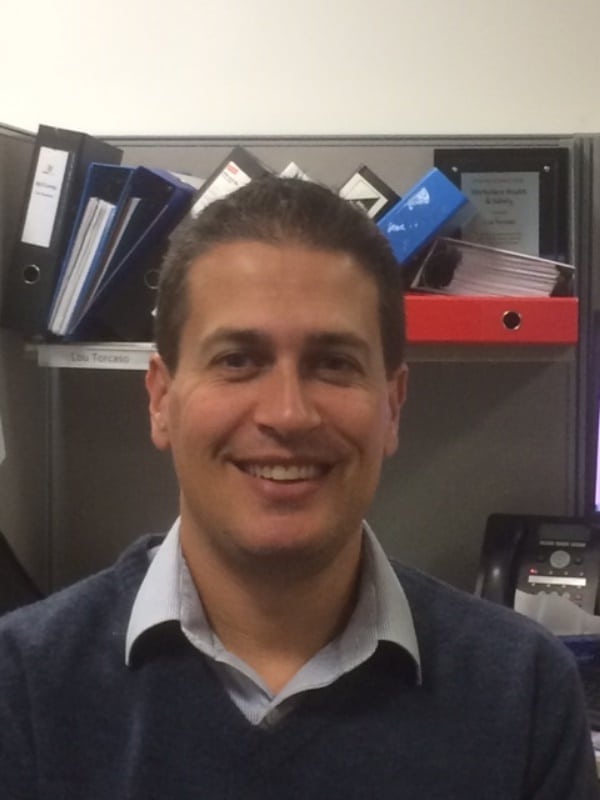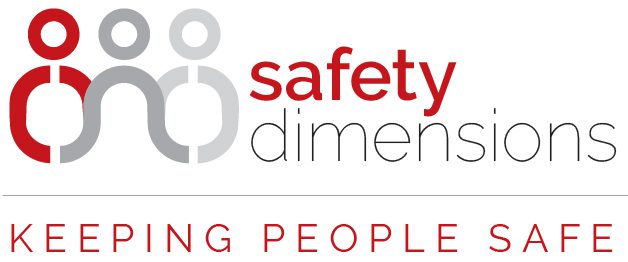
Costa Group is Australia’s largest horticultural company and a major supplier of produce to food retailers. With over 3,500 hectares of farmed land across Australia and more than 6,000 employees during peak seasonal periods, Costa values their employees and prioritises their safety.
Safety Dimensions has been partnering with Costa Group since 2015 to continue building a strong safety culture, working on building skills and knowledge in the area of safety, for Senior Executives and Frontline Leaders.
Approaches taken included designing and developing a Costa specific Masterclass for Senior Executives, and choosing a two-day Safety Leadership program, refined through a piloting process with key stakeholders and their front-line leaders.
Post pilot, this program was rolled-out nationally to all Leaders and Managers of the business.
The program included Keepad, a surveying technology enabling participants to respond anonymously to a series of safety culture and leadership questions through the use of a handheld device. Questions were specifically developed to enable Costa to collect real-time data about behaviours and perceptions from their workforce. This data was utilised by Costa and Safety Dimensions to analyse and prioritise next steps in the journey.
Drawing together the real-time Keepad data, the positive feedback from the learners, and the improvement in Costa’s safety figures (post the Safety Leadership program) in partnership with Safety Dimensions next steps were implemented to consolidate and continue the safety journey for Costa employees.
Costa and Safety Dimensions has partnered with Costa to launch an online portal to enabling their staff (who have already undertaken the initial programs) to refresh and embed the learning from the 2-day Safety Leadership program. Safety Dimensions has built customised online portals to enable learners to do pre-work or surveys before program, or as a tool to embed the learning after programs have completed.
Within the online portal, the initial Keepad questions have been included, and this will enable Costa and Safety Dimensions to analyse shift from their earlier data in safety behaviours and perceptions over time and gain further actionable insights.

Safety Dimensions spoke to Lou Torcaso, WHS and Workers Compensation Manager at Costa about their safety journey.
Prior to this safety journey what where some of the challenges Costa experienced that you think are common to others in industry?
A challenge prior to our safety journey was providing leadership to employees on how we think about safety. There was inconsistency in a standard message across all Costa Group (business is made up of 5 different units). Some sites were more advanced than others and the challenge was to create a level playing ground across all Costa sites.
Pre this safety journey another challenge was getting the buy-in from key stakeholders about what our safety culture would look like if we implemented a program for change. We needed to ensure that this program wasn’t just another training course and instead a program that would help our leaders to use tools to improve how they manage their people and that they’d see the benefits in using these tools.
What were the key outcomes you were looking for when you began this partnership?
To provide the same safety message across all Costa Group sites and ensure the consistency of the training to all employees. The challenge was to be able to do this over 40 sites nationally (with some sites located in regional/remote areas).
We were looking to improve the safety culture of our Managers, Supervisors and Team Leaders to enhance their behaviour and mindset which we hoped in effect would cascade into improvement of our safety performance through proactive control.
The key outcome for all of this was to also ensure this was sustained and not forgotten about in 6 months or that old habits returned. We felt we needed strong Facilitators/Trainers to provide the consistent safety message across all sites. These Facilitators/Trainers need to be engaging and influential in communicating the program.
What did you think the biggest obstacles were going to be to the success of this project?
The biggest obstacle for the success of this project was managing the logistics in getting over 600 people nationally (including those in regional areas) trained over a period of time and to manage this from a central point with venues in a number of places across the country. This created another obstacle with travel costs, accommodation etc. The other obstacle was getting support by all business units (WHS Managers) as well as the Executive team.
Another obstacle was time. Trying to not only coordinate people to get to the training, but also provide a program that wasn’t too long and wasn’t too short to be effective. This program required people to take time out of their normal duties so the challenge was to provide a program to cater for the site’s needs. For example some sites participated in two consecutive days of training, whilst others had 1 day training and then their second day was 3 weeks later. Flexibility was important for the success of this project.
Safety can be viewed as time consuming and costly, how within the partnership did you to stay within your time-frames and budgets?
Prior to approval we conducted a snapshot 5 hour version of the 2 day program for the Executive team (Masterclass program) as well as a pilot program for key stakeholders (WHS Managers). This provided the team the buy-in to the program so that they understood what we needed to achieve. This also provided us financial support to roll this out to the broader group.
We worked with Safety Dimensions to create a schedule for the year and mapped out what the costs would be, based on training program, Facilitators/Trainers availability, venues, travel, accommodation etc. Once finalised, this was locked in and people were able to book participants into the program according to the dates that worked with them (via an online booking system developed by Safety Dimensions).
Centralising venues across each state allowed for efficiency and reduced costs to get employees to the program. With support from our company sponsor (Chief Operating Officer) funds were approved and signoff to be included in the budget. This was then tracked regularly by me to ensure that we stayed within budget. The key to this success was to provide key stakeholders reasons as to why this wasn’t a time consuming and costly exercise and we did this by providing them information and involving them with the process.
Often when employees are directed to undertake a program this can be met with mixed reactions. Did employees shift their views during this journey?
From the day our first program commenced employees reactions were very positive overall. Whilst there were a small percentage of negative reactions, we felt that overall the mindset had shifted and this had reflected in significant improvements to our safety performance.
There is supporting evidence that would suggest that the significant increase in Near Miss reporting correlates to when the program had commenced. Feedback from some sites showed significant increase in reporting. In theory reporting near misses effectively reduces LTI’s, MTI’s and FTI’s. This theory is further supported with the Total Recordable Frequency Rate (TRFIR) trending downwards since the roll out of this program.
This in effect clearly showed our senior management the benefits of this program.
Do you have any positive stories or anecdotes about how this training impacted a particular worker or business unit’s way of operating or thinking when it comes to safety or leadership?
Keepad survey data indicated that we are moving in the right direction and that we are not that far away in where we need to be. Whilst there are some sites better than others in implementing proactive safety, there was a general consensus that people are not afraid to speak to their managers around safety and that employees were confident that there was a commitment from senior management.
One positive that comes to mind was a particular Manager at one site had called me the very next day after he had completed his training to tell me that he had seen the light and that it made sense to him now in what he needs to do to change the mindset of his team. Within that week that particular site had implemented a number of improvements in both process and procedures. This was further reflected on a number of initiatives implemented that eventually gave this site an internal award (Chairman’s Award) for Workplace Health and Safety for demonstrating improvement.
How important is it to partner with the right training provider?
An excellent relationship is really critical to partnering with the right training provider. We had carefully selected a training provider who needed to be consistent, and most importantly be flexible with our needs.
It was important that we were able to select Facilitators/Trainers who we felt comfortable with (pre-selection of trainers prior to the commencement of program) and to be able to communicate with our provider around better ways to coordinate the training to suit our needs.
Thanks to Lou Torcaso for speaking with us. Find out more about the Costa Group here.

Ready to transform your organisations safety culture?
Contact us now on 03 9510 0477 or use our contact form here.



